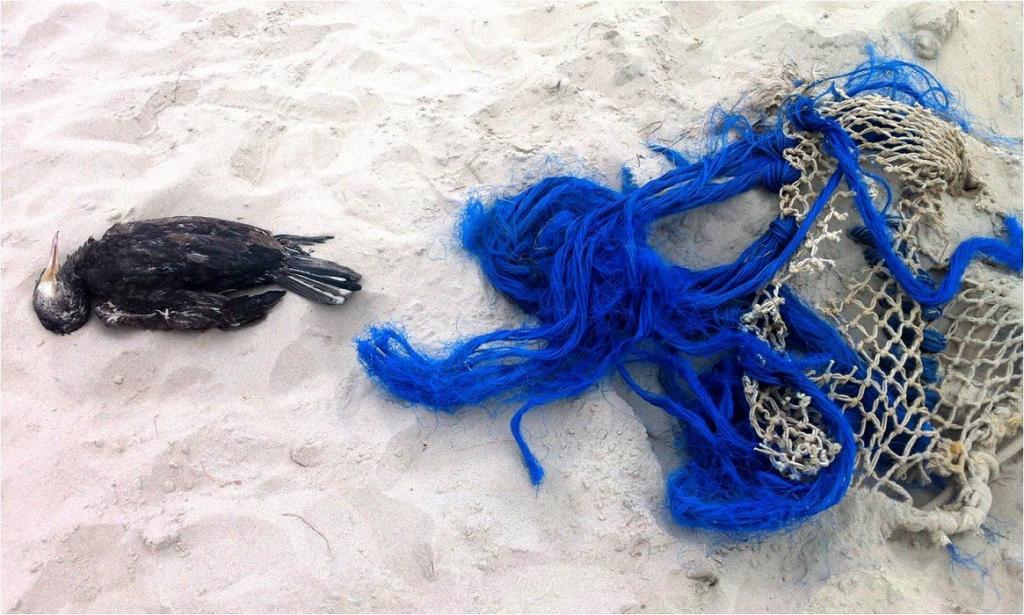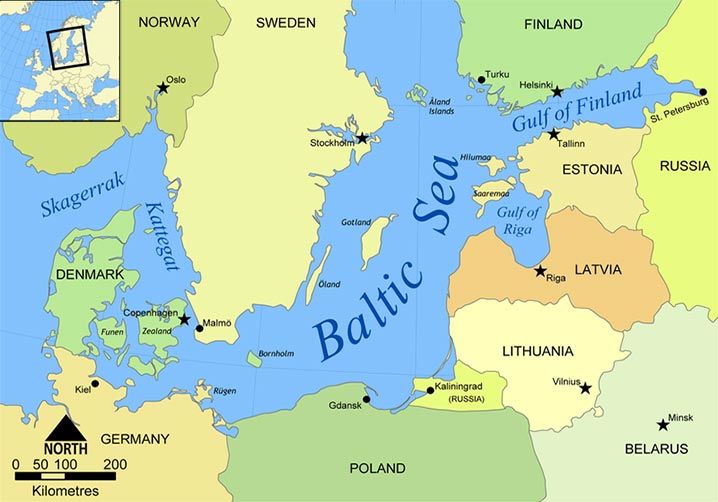Estonia together with eleven other European countries are due to study where and how microplastics are getting into the sea, how common it is and in which way it is affecting the marine environment.
In Estonia, the first studies on estimating the amounts of microplastics found in the upper layers of the sea were conducted in 2016. In 2018, the Department of Marine Systems at the Tallinn University of Technology initiated extra studies for determining the amount and nature of microliter.
According to Inga Lips, the lead research fellow at the department, the initial results have shown that the amounts of microplastics in the Baltic Sea water column are very small, but there are still some analyses to be done in the hot-spot areas, such as harbours and in the biota.
“We have started with biota analyses to see what the content of microplastics is in various fish and Zoobenthos species. By now, we have collected the samples for analyses, and after that, we can be more specific about whether we have a problem or not,” Lips said.
Macroplastics is an issue
Monitoring shows that the beaches of Estonia, as well as other countries around the Baltic Sea, are being plagued by the macroplastics issue. Coastal areas are littered with a lot of plastic litter – packaging and disposable dishes – and as microplastics are formed through macroplastics fragmentation, it may affect the well‑being of living organisms in the sea.
Lips told Estonian National Broadcasting that, according to the latest research, swallowing small amounts of microplastic is not directly life-threatening to the organisms. What makes it dangerous and harmful, however, is the property of plastic to absorb various chemicals and dangerous substances on its surface in an aquatic environment.
If the dangerous substances concentrate on the surface of the plastic and organisms consume these plastic particles, then the chemicals absorbed on the surface of these particles – or various pathogenic bacteria attached to the surface of the plastic – are released inside the organism and thus may affect the coping and health of the organism.
Time to act
According to Eda Andresmaa, an adviser at the Estonian ministry of environment, the problem in the Baltic Sea might not be as severe yet as in some southern European regions, where there might be metres of macroplastic, such as plastic bottles, on the sea bottom – but the time to take the matter seriously is now.
“Our situation is certainly better compared to that, but as we also have macroplastic, which may in time decompose into microplastic or even nanoplastic, then, in our opinion, this should be dealt with right now to avoid bigger problems. We cannot wait for the concentrations to get as big as in the Mediterranean or in the Indian Ocean,” she said.
Studying microplastic pollution is organised by the joint international initiative JPI Ocean that includes Belgium, Estonia, France, Germany, Iceland, Ireland, Italy, Malta, Norway, Portugal, Spain and Sweden.
I
This is a lightly edited version of the article originally published in English by Research in Estonia. Cover: An entangled dead kormoran (the image is illustrative).


